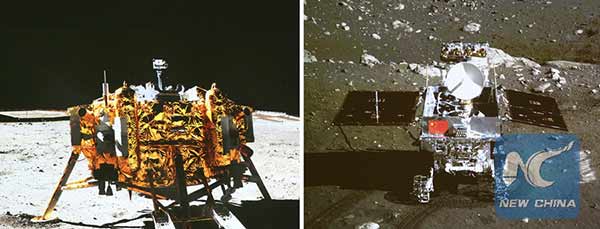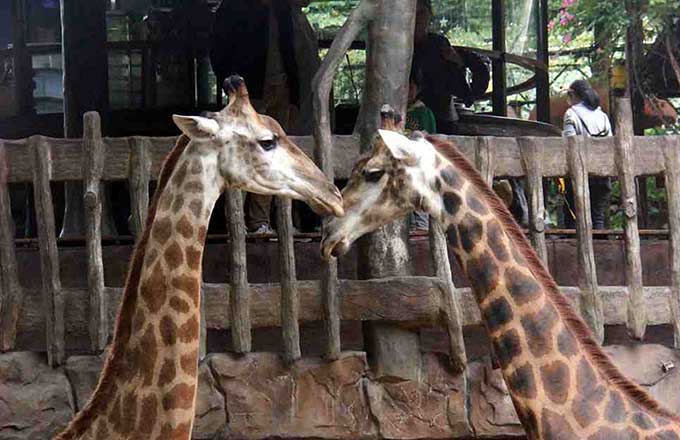Mooncake, festival and China's lunar mission
China's lunar probe program, or Chang'e program, was approved in January 2004.
According to Ouyang Ziyuan, the country's chief scientist for the lunar probe project, the program includes three phases.
The first phase is launching lunar orbiters; the second is to soft land on the moon and the last phase is taking samples of the moon and bringing them back.
Click to see the updated news about Chang'e mission
By far, The Chang'e-3, incorporating a robotic lander and China's first lunar rover, as the second phase of China's lunar program, has already completed its mission and retired on Aug 4, 2016.
The spacecraft was named after Chang'e, the goddess of the Moon in Chinese mythology, and is a follow-up to the Chang'e 1 and Chang'e 2 lunar orbiters. The rover was named Yutu, or Jade Rabbit, following an online poll, after the mythological rabbit that lives on the Moon as a pet of the Moon goddess.
During phase two, the Yutu rover has had surveyed the moon's geological structure and surface substances, while looking for natural resources. It has been the first time China has soft-landed a spacecraft on a celestial body.
 |
|
The silhouette of Yutu on the moon with the earth as background. [Photo from Yutu's official Sina Weibo] |
Yutu's Weibo account sparks internet users's passion for aerospace
Yutu has been operating on the moon for over two years, lasting longer than the Soviet Union's 1970 moon rover Lunokhod 1, which spent 11 months on the moon.
In phase three, China's unmanned probe would return with lunar soil and rock. The timetable of the mission has not been specified, but earlier reports said it may be concluded by 2020.
- Is it a thing? 10 odd jobs where you can make good money
- Message on a bottle: Mineral water company launches drive to find missing children
- Sun Yat-sen champion of national integrity, unity: Xi
- Four killed, two injured after house collapses in C China
- Cross-Straits forum held to commemorate Sun Yat-sen
















